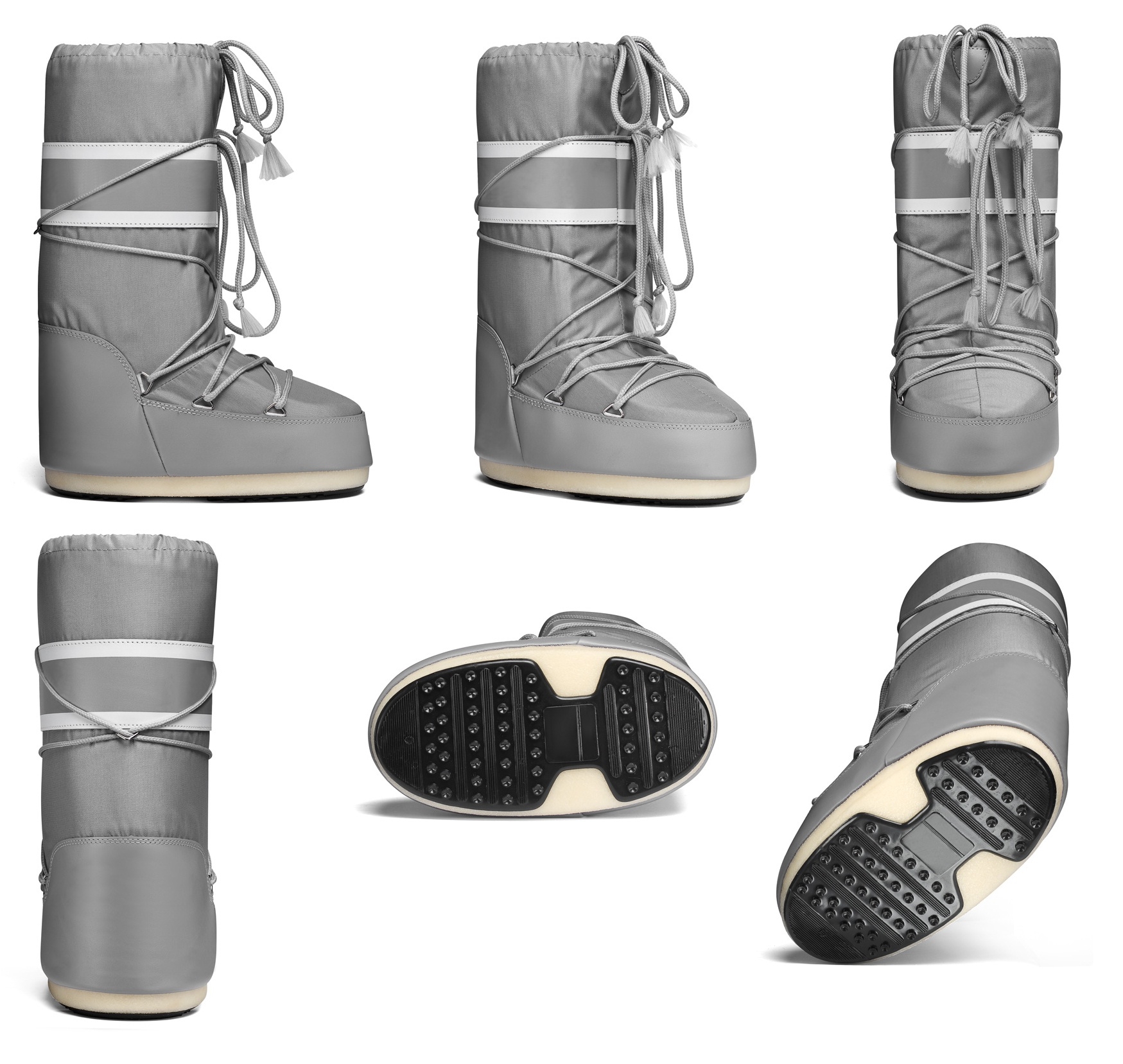Avevo dato conto nel mio post 04.07.2020 della decisione amministrativa presso EUIPO del 2020, che aeva rigettato la domanda di registazione del marchio costituito dalla forma dei notissimi stivali da neve/dopo sci Moon Boot.
Ora è stato deciso il primo grado della fase giurisdizionale ed in senso ancora una volta sfavorevole alla società TEcnica, confermando dunque la nullità del marchio per carenza di distintività.
Si tratta di Trib. UE 19.01.2022, T-483/20, Tecnica Group spa c. EUIPO-Zeitneu GmbH.
Non ci son passaggi particolarmente interessanti in diritto, essendo largamente basata sui fatti (previa un’ ampia trattazione di questioni processuali, questa si interessante: §§ 20-74).
Ricordo solo le considazioni generali sul marchio e su quello di forma :
–It is not necessary, for that purpose, for the mark to convey exact information about the identity of the manufacturer of the product or the supplier of the services. It is sufficient that the mark enables members of the public concerned to distinguish the goods or services that it designates from those which have a different commercial origin and to conclude that all the goods or services that it designates have been manufactured, marketed or supplied under the control of the proprietor of the mark and that the proprietor is responsible for their quality (see judgment of 25 April 2018, Romantik Hotels & Restaurants v EUIPO – Hotel Preidlhof (ROMANTIK), T‑213/17, not published, EU:T:2018:225, paragraph 17 and the case-law cited)., § 83;
– Average consumers are not in the habit of making assumptions about the origin of goods on the basis of their shape or the shape of their packaging in the absence of any graphic or word element, and it could prove more difficult to establish distinctive character in relation to such a three-dimensional mark than in relation to a word or figurative mark (see judgments of 22 June 2006, Storck v OHIM, C‑25/05 P, EU:C:2006:422, paragraph 27 and the case-law cited, and of 19 September 2012, Tartan pattern in dark grey, light grey, black, beige, dark red and light red, T‑50/11, not published, EU:T:2012:442, paragraph 40 and the case-law cited). 88. It is apparent from those considerations that only a three-dimensional mark, consisting of the appearance of the product itself, which departs significantly from the norm or customs of the sector and thereby fulfils its essential function of indicating origin is not devoid of any distinctive character for the purposes of Article 7(1)(b) of Regulation No 207/2009, § 87.
Non sfucgge che il concetto chiave è quello a) del motivo per cui si arriva alla necessità di distacco significativo (departs significantly) e b) del conseguente contenuto di tale cocnetto.
Allo scopo, l’assenza di tale requisito non implica necessariamente che debba ricorrere la totale somiglianza con i prodotti già in commercii, potendo anche sussistere qualche differenza: it is important to point out that, contrary to what the applicant claims, in order to ascertain whether the three-dimensional mark departs significantly from the customs or norms of the sector, it is not necessary to show that there are other goods on the market which reproduce all the features of the contested mark. As the Board of Appeal correctly pointed out, in order to conclude that there is no distinctive character, it is not necessary for the contested mark to be identical to existing shapes but for the overall impression conveyed by that mark not to depart significantly from the norms or customs of the sector. In other words, the fact that a mark has an overall shape which is similar to variants of the product which are usually available on the market does not permit the finding that the mark, as a whole, departs significantly from the customary shapes in the sector, § 95.
Si legge poi il vero motivo della mancanza di tale distacco dalla prassi del settore: la preesistenza di altre scarpe sportive di foggia simile , § 97.
Da ultimo, il Trib. condivide la stima di elemento non distintivo della suola, della sua altezza e della disposizione dei lacci, § 100. Pertanto <<the Board of Appeal was right in finding that the constituent elements of the contested mark, taken individually, and the shape of boot taken as a whole, will be perceived by the relevant public as possible, or even common, variants of the presentation and decoration of winter boots and after-ski boots, which are part of the goods at issue since they are incorporated into the ‘footwear’ and which can also include ‘footwear soles; insoles; heelpieces for footwear; footwear uppers’>>, § 101..
